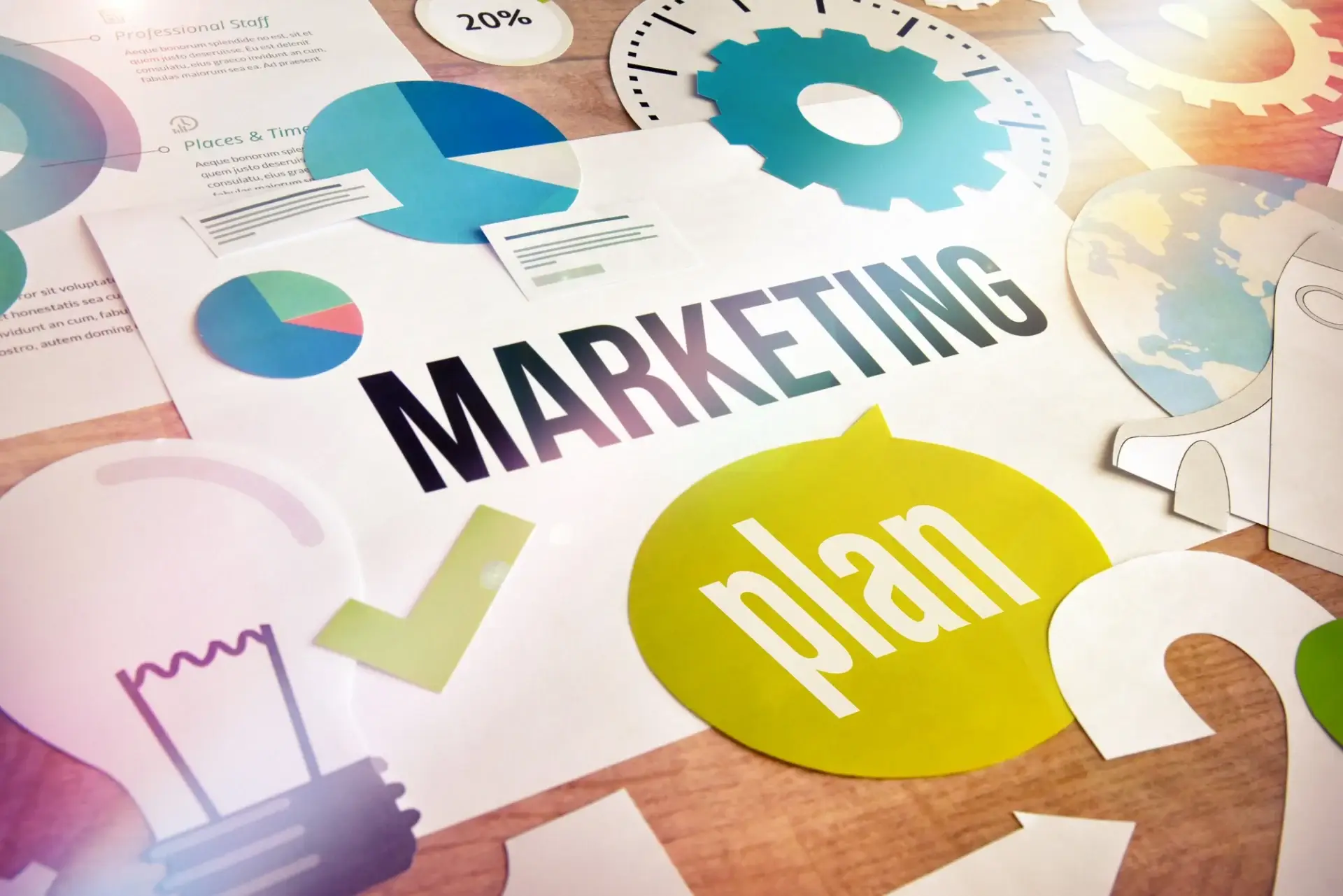In the dynamic landscape of digital marketing, businesses are faced with a critical decision: to invest in paid advertising, rely on organic marketing, or strike a balance between the two. Both strategies offer distinct advantages and challenges, and the optimal approach often depends on specific business goals, target audience, and available resources. This comprehensive guide will delve into the intricacies of paid advertising and organic marketing, explore their respective strengths and weaknesses, and provide actionable insights to help you determine the best mix for your business.
Understanding Paid Advertising
Paid advertising, also known as pay-per-click (PPC) advertising, involves paying for placement or exposure on various digital platforms. Popular forms of paid advertising include:
- Google Ads: Displaying text ads, image ads, or video ads on Google Search and Google Display Network.
- Social Media Advertising: Running ads on platforms like Facebook, Instagram, LinkedIn, and Twitter to reach specific target audiences.
- Display Advertising: Placing banner ads on websites and apps.
Benefits of Paid Advertising
- Immediate Visibility: Paid advertising offers the ability to reach a wide audience quickly and generate immediate traffic to your website.
- Targeted Reach: Advanced targeting options allow you to precisely define your ideal customer and deliver ads to the most relevant audience segments.
- Measurable ROI: Paid advertising platforms provide detailed analytics and tracking metrics, enabling you to calculate return on investment (ROI) accurately.
Challenges of Paid Advertising
- Ongoing Costs: Paid advertising requires continuous investment to maintain visibility.
- Ad Fatigue: Repeated exposure to the same ads can lead to ad blindness and reduced effectiveness.
- Competition: Bidding for ad placements can be costly, especially in competitive industries.
The Power of Organic Marketing
Organic marketing focuses on earning visibility through non-paid channels. It involves building a strong online presence, creating valuable content, and optimizing your website for search engines. Key components of organic marketing include:
- Search Engine Optimization (SEO): Optimizing your website and content to rank higher in search engine results pages (SERPs).
- Content Marketing: Creating high-quality, relevant content that attracts and engages your target audience.
- Social Media Marketing: Building a strong social media presence and engaging with your audience.
- Email Marketing: Nurturing relationships with customers and prospects through email campaigns.
Benefits of Organic Marketing
- Long-Term Sustainability: Organic marketing builds a strong foundation for long-term growth and visibility.
- Higher Trust and Credibility: Organic search results are often perceived as more trustworthy than paid ads.
- Cost-Effective: While there is an initial investment in time and resources, organic marketing can be more cost-effective in the long run.
Challenges of Organic Marketing
- Time-Consuming: Building a strong organic presence takes time and consistent effort.
- Competitive: Ranking high in search results requires ongoing optimization and adaptation.
- Delayed Results: Organic marketing often yields results more gradually compared to paid advertising.
Finding the Right Balance: A Combined Approach
While paid advertising and organic marketing offer distinct advantages, the most effective strategy often involves a combination of both. By understanding the strengths and weaknesses of each approach, you can develop a well-rounded marketing plan that delivers optimal results.
Key Considerations for Balancing Paid and Organic Marketing:
- Business Goals: Define your specific objectives (e.g., increasing website traffic, generating leads, driving sales) to determine the best allocation of resources.
- Target Audience: Understand your target audience’s online behavior and preferences to tailor your marketing efforts accordingly.
- Budget: Allocate your budget strategically based on the desired mix of paid and organic activities.
- Resources: Consider your team’s expertise and available resources when deciding how to distribute your efforts.
- Performance Measurement: Track and analyze the performance of both paid and organic campaigns to optimize your strategy.
Effective Integration of Paid and Organic Marketing:
- Paid Advertising to Boost Organic Efforts: Use paid advertising to promote your most valuable content and drive traffic to your website, which can improve your organic rankings.
- Organic Marketing to Support Paid Campaigns: Build a strong organic foundation to enhance the credibility and performance of your paid ads.
- Cross-Promotion: Leverage your organic channels to promote paid campaigns and vice versa.
By carefully considering your business goals, target audience, and available resources, you can create a balanced marketing strategy that maximizes your return on investment and drives sustainable growth.









